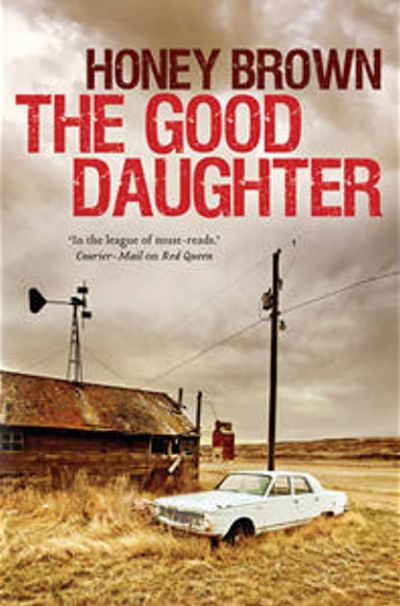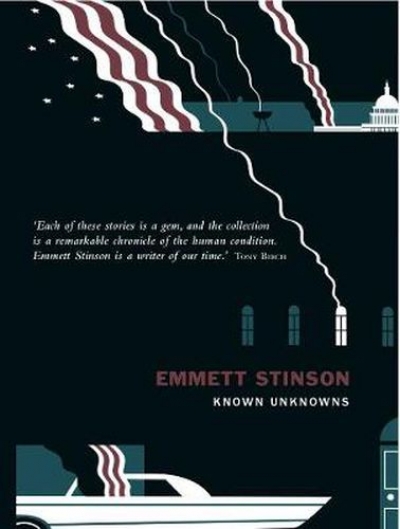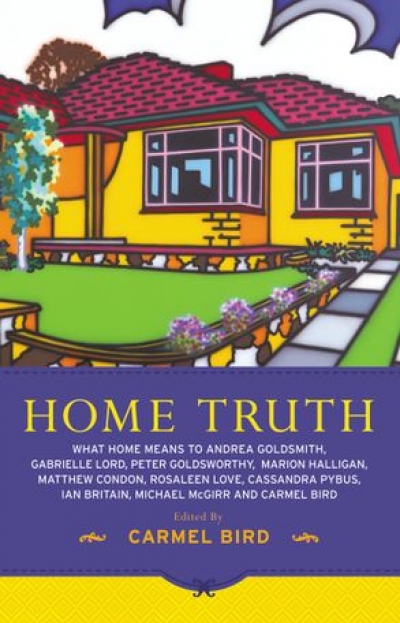Archive
Why do you write?
It is the one ambition I’ve ever had. Some bleak days I think that my desire to write is no more than an unshakeable habit. On other days I think that writing allows me to have and make other worlds. All the difficulty of writing is in service to this freedom. Also, the habit of writing renews experience: it makes me notice things with a new distance and curiosity, and wonder how they might work in writing; it means that I always have something to think about on the train.
Are you a vivid dreamer?
Yes, but my most vivid dreams are nightmares. They make me glad to wake. I miss the dreams of flying that I had when I was growing up.
... (read more)Last Looks, Last Books: Stevens, Plath, Lowell, Bishop, Merrill by Helen Vendler
by Barry Hill •
HEAT 22: The Persistent Rabbit edited by Ivor Indyk
by Patrick Allington •










